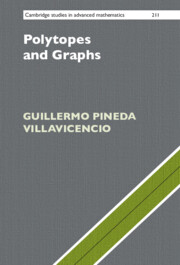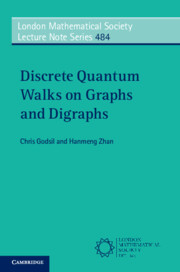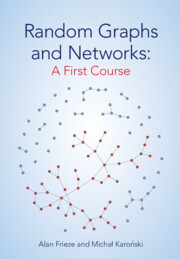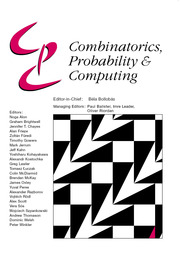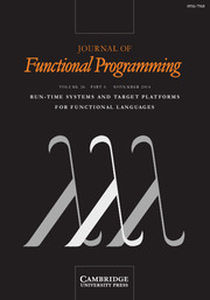An Algorithmic Theory of Numbers, Graphs and Convexity
A study of how complexity questions in computing interact with classical mathematics in the numerical analysis of issues in algorithm design. Algorithmic designers concerned with linear and nonlinear combinatorial optimization will find this volume especially useful.
Two algorithms are studied in detail: the ellipsoid method and the simultaneous diophantine approximation method. Although both were developed to study, on a theoretical level, the feasibility of computing some specialized problems in polynomial time, they appear to have practical applications. The book first describes use of the simultaneous diophantine method to develop sophisticated rounding procedures. Then a model is described to compute upper and lower bounds on various measures of convex bodies. Use of the two algorithms is brought together by the author in a study of polyhedra with rational vertices. The book closes with some applications of the results to combinatorial optimization.
Product details
February 1987Paperback
9780898712032
97 pages
253 × 172 × 6 mm
0.188kg
This item is not supplied by Cambridge University Press in your region. Please contact Soc for Industrial & Applied Mathematics for availability.
Table of Contents
- How to Round Numbers
- Preliminaries: On Algorithms Involving Numbers
- Diophantine Approximation, Problems
- Lattices, Bases, and the Reduction Problem
- Diophantine Approximation and Rounding
- What is a Real Number How to Round a Convex Body
- Preliminaries: Inputting a Set
- Algorithmic Problems on Convex Sets
- The Ellipsoid Method
- Rational Polyhedra
- Some Other Algorithmic Problems on Convex Sets
- Integer Programming in Fixed Dimension
- Some Applications in Combinatorics
- Cuts and Joins
- Chromatic Number, Cliques and Perfect Graphs
- Minimizing a Submodular Function.


